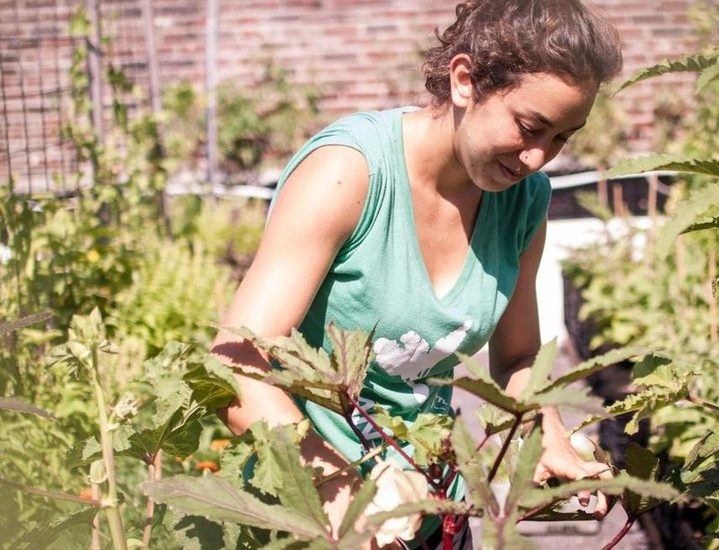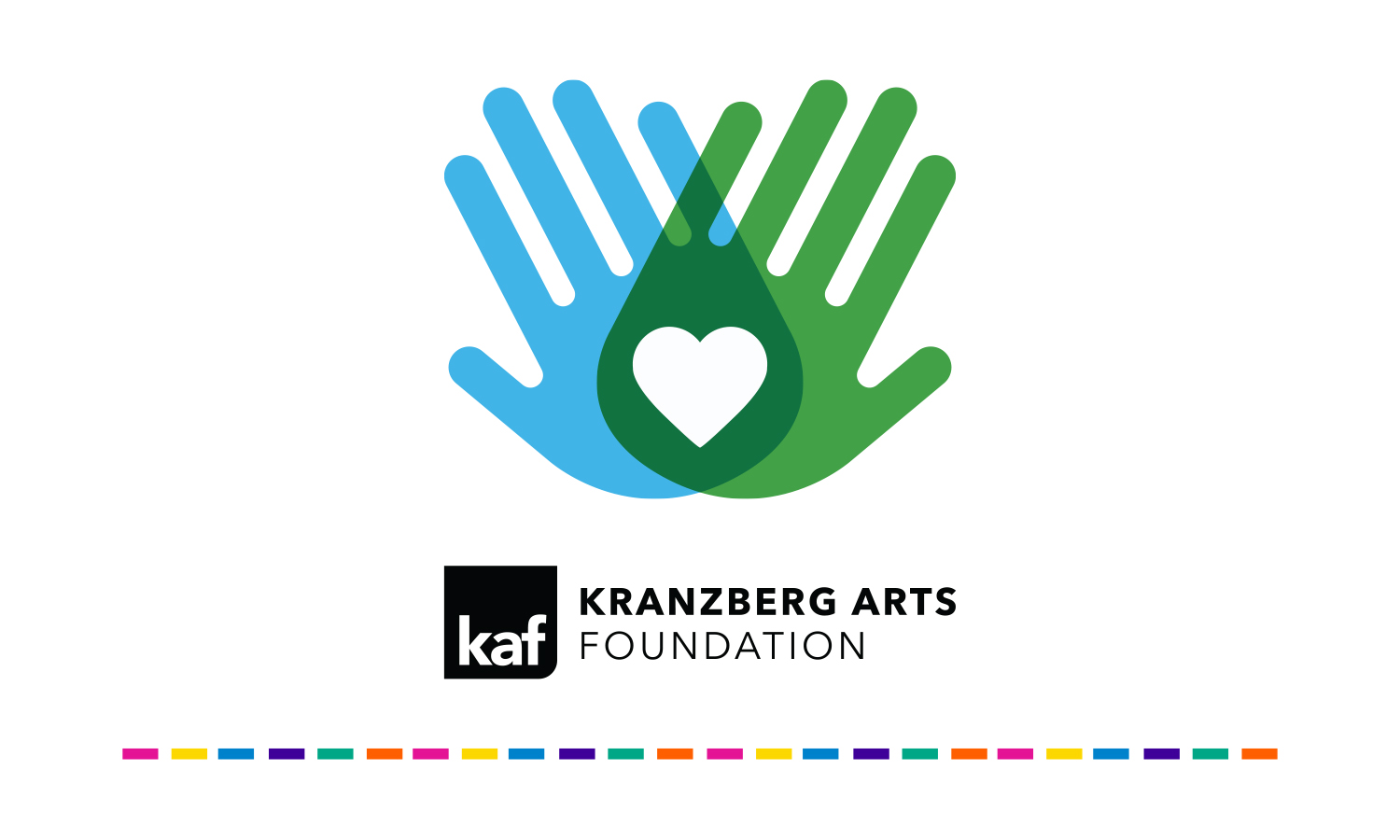As springtime begins to bloom outside the windows of our self-quarantine locations, it’s (mostly) business as usual for Urban Harvest STL, which maintains the rooftop garden at .ZACK.
The Kranzberg Arts Foundation resident organization focused on food rights has just finished its first harvest of the season from its urban farms across St. Louis. Farmers collected 50 pounds of various leafy greens, radishes, pea shoots, herbs and edible flowers.

Like the majority of what the farms produces, Urban Harvest STL will donate these plants to their nonprofit partners. These partners serve local communities with limited access to healthy and nutritious food. In the past year, the organization grew and donated 4,740 pounds of food.
“The need is greater now than ever,” Executive Director Clare Higgins said.
Three organizations Urban Harvest STL regularly donates to include Fit and Food Connection, The Urban League, and North Newstead Association.
This year, the organization anticipates making even more donations. Some partner restaurants that typically receive a portion of produce are temporarily shuttered, including The Dark Room at The Grandel.
Though the crops are unaffected by COVID-19, the farmers are practicing social distancing while tending the gardens. Additionally, office staff transitioned to working from home. Higgins said everyone feels safe with the measures put in place, and the team even added five new staff members in March.
Growing community … online
The organization’s mission not only includes providing food resources, but also educational resources. However, conducting food roof visits and workshops is now out of the question.
“Not being able to gather together means doing it on video,” Higgins said, mentioning the resurrection of the organization’s YouTube page and website blog.
Using the platforms to share learning opportunities on topics such as seed germination and composting, Events & Marketing Coordinator Anna Lin-Schweitzer said they are excited to broaden their reach online. They hope to continue to create digital content to fit the needs of community members, especially as more people turn toward at-home gardening.
“There’s something cathartic about being out with the plants, embracing the small amount of control we have over a small plot of land,” Higgins said. She explained that peas are a good beginner plant because the seeds are large (good for tiny hands), and they sprout fairly quickly.
Since mid-March, the organization has included 160 packets of seeds along with produce donations to “plant the seed” and encourage others to garden.
Learn more about Urban Harvest STL at urbanharveststl.org.






